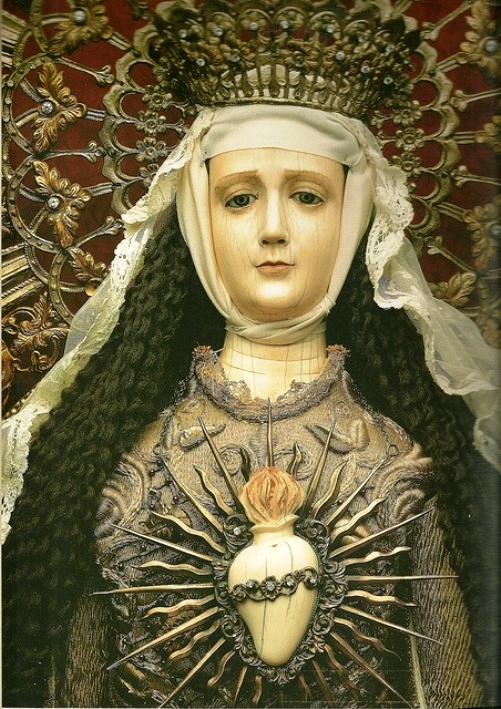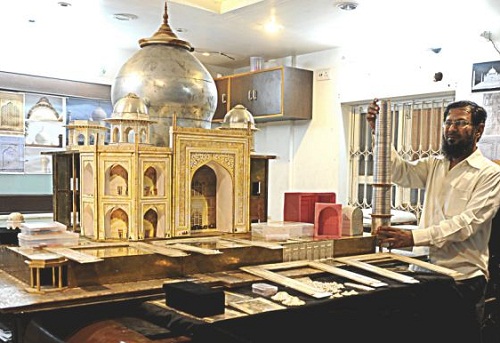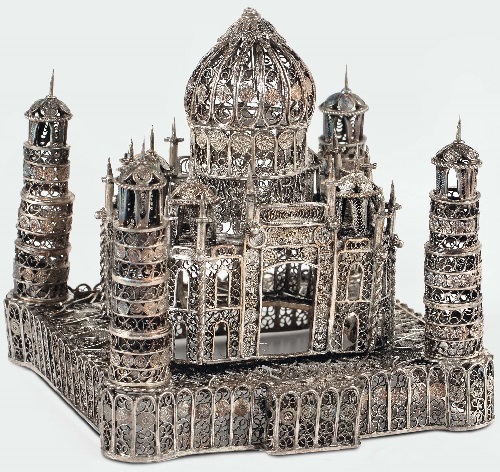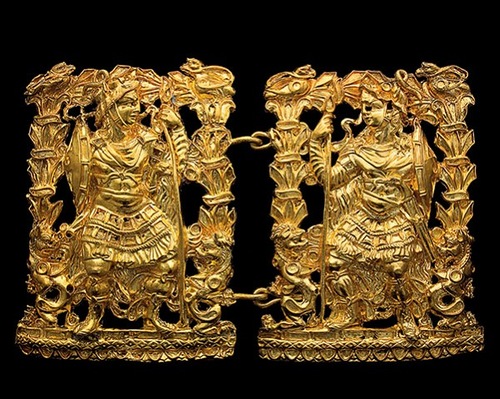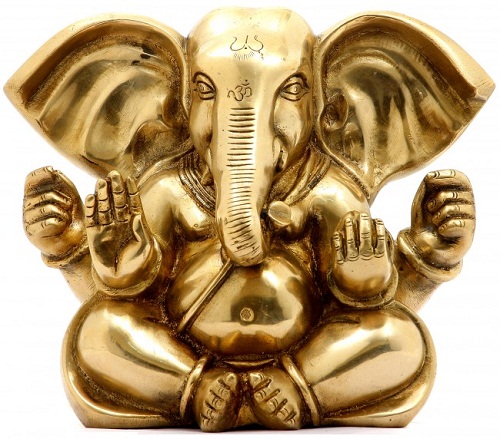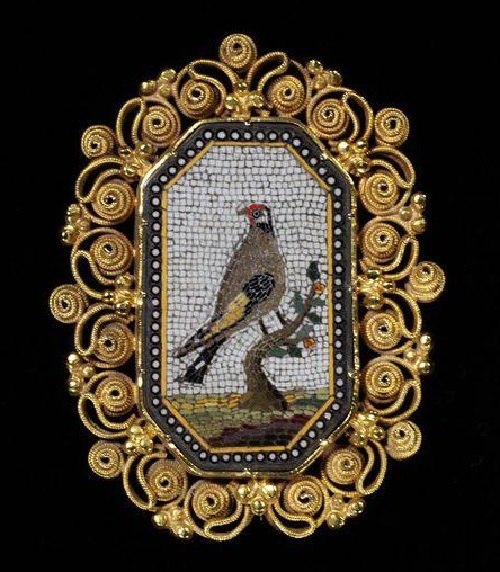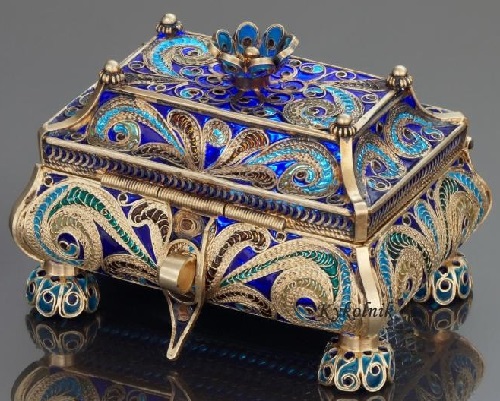Sacred Heart Art
Sacred Heart Art. Metaphor of the heart can be traced in the 11th century, and the cult of the Sacred Heart as the center of all spiritual in man developed in the XIII century. The heart has been synonymous to the Sacred Heart of Jesus, in connection with which a wound on the body of Christ at the crucifixion was moved from the right to the left side of the body. And Mary’s heart was displayed as pierced by seven swords of sorrow. She devoted herself and her country to the veneration of his heart, and established a Sacred Heart feast day.
More »
